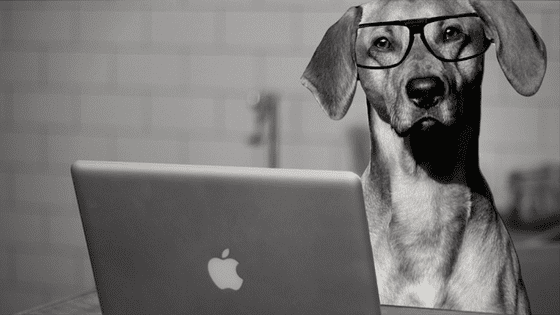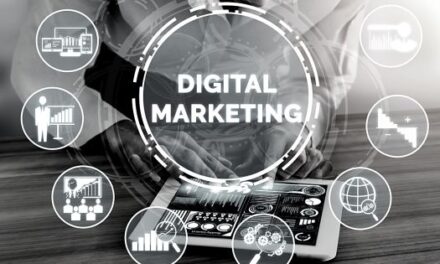Far too many businesses fail to understand copyright issues when it comes to using graphics.
More and more frequently, businesses are using images taken from the internet and either replicating them or using them as their own. Facebook pages are one of the most frequently used mediums displaying this illegal behaviour.

This seemingly innocent and simple act of using images without the permission of the creator or owner and not crediting them, could actually land you in jail AND see you issued a hefty fine depending on the offence.
“Copyright is infringed if copyright material, or a “substantial part” of it, is used without permission in one of the ways exclusively reserved to the copyright owner. There are, however, some situations in which copyright material can be used without it being an infringement. Courts determine whether a part is a “substantial part” by looking at whether it is an important, distinctive or essential part. The part does not necessarily have to be a large part to be “substantial” for the purposes of copyright law.
Copyright may also be infringed when someone:
- “authorises” someone else to infringe copyright (that is, endorses or sanctions someone else’s infringement, for example by asking or encouraging them to infringe copyright, or by providing them with the means to do so);
- imports, without permission, items containing copyright material for sale or distribution;
- deals commercially with infringing copies of copyright material;
- deals commercially with some types of items containing copyright material imported without permission; or
- permits a place of public entertainment to be used for infringing performances or screenings.”
Pg 2, “Infringement: Actions, Remedies, Offences & Penalties Information Sheet”, Australian Copyright Council, February 2017
How do I register copyright in Australia?
” Under Australian law, there is no registration of copyright. Copyright rights come into existence at the same time as someone creates something which is a type of material that copyright protects. For example, copyright is automatically created by writing down a story; typing up a poem; shooting film footage; recording music; and taking a photo. Copyright protection is free: there are no procedures to follow or fees to pay.
Generally, making changes to something won’t avoid a copyright infringement. If for example, you want to use something someone else has created – on your website, or in a brochure, or even for purely personal purposes – you might need permission even if you are using only a small part of that material, or if you make changes to it.
When working out whether or not you will need to get permission, it is more important to look at what is still the same, rather than what has been changed. You will usually have a copyright issue to deal with if you are using any important, distinctive or essential part of the original material – this may or may not be a large proportion of that material.”
– pg 10, “An Introduction to Copryright in Australia”, G010v18, March 2014, Australian Copyright Council.
A list of parties to international copyright agreements can be found here.
How can I avoid copyright infringements within my branding?
By following the simple guide below, you can avoid falling into this costly trap and ensure your business meets current regulations and copyright laws:
- DON’T just pull images from Google to use, especially on your Facebook or website. DO purchase images from a Stock photography site or have your designer/photographer create an image for you
- When going to see a designer, DON’T ask them to copy something you found on the internet. DO take lots of ideas that you have found so they can create something unique based on the ideas presented to them.
- DON’T Copy and paste someone else’s website information. DO take roughs and notes to a copywriter, or re-write the copy to suit your needs and brand.
- If you are quoting something, which someone else has written, or you need to use a graphic which someone else has created – GET PERMISSION FIRST, always credit the author, and correctly cite where you obtained your information.
More information on Copyright and trademarks can be found on the Australian Copyright Council website.






















